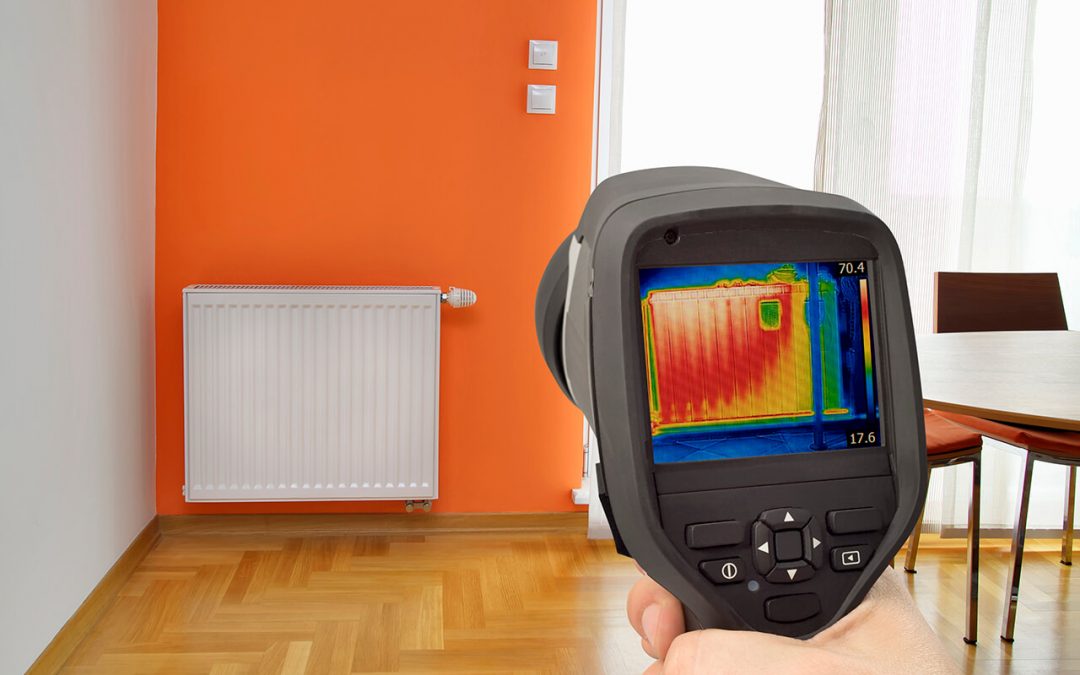If you are purchasing a home, your realtor has probably encouraged you to order a home inspection. He or she might provide you with a recommendation, but the buyer is free to do research and select any home inspector. One thing to consider when choosing a home inspector is whether or not they offer thermal imaging. In this article, we explain how thermal imaging works in home inspections and why it is beneficial.
What An Infrared Camera Does
If you want to know how thermal imaging works in home inspections, the first step is learning about the infrared camera. Some home inspectors carry infrared cameras with them on inspections that they use to detect differences of temperature in objects and surfaces.
An object with higher thermal energy will appear to be orange or yellow, while a cooler temperature shows up as green, blue, or purple. By understanding how the color spectrum represents different temperatures, inspectors scan the surface to discover areas of moisture intrusion, energy inefficiency, or electrical hotspots.
How Thermal Imaging Works To Catch Issues That Can’t Be Seen
Usually, issues in a home like moisture behind a wall, missing insulation, electrical hotspots, and tiny air leaks aren’t noticeable visually. Because of this, thermal imaging offers the home inspector greater insights into the condition of a home, which translates into a better value for you.
Some home inspectors include thermal imaging in a home inspection at no extra cost to provide a more comprehensive inspection. They are able to detect issues that would otherwise be undetectable without an infrared camera.
Ask Your Inspector About Thermal Imaging
If you are researching home inspectors, consider how thermal imaging works to improve the information you will gain from your inspection report. Of course, experience, training, and reviews are also important things to research when choosing a home inspector.
HTown Home Inspections includes thermal imaging in every home inspection at no extra charge. Contact us to book an inspection in the Greater Houston area.

